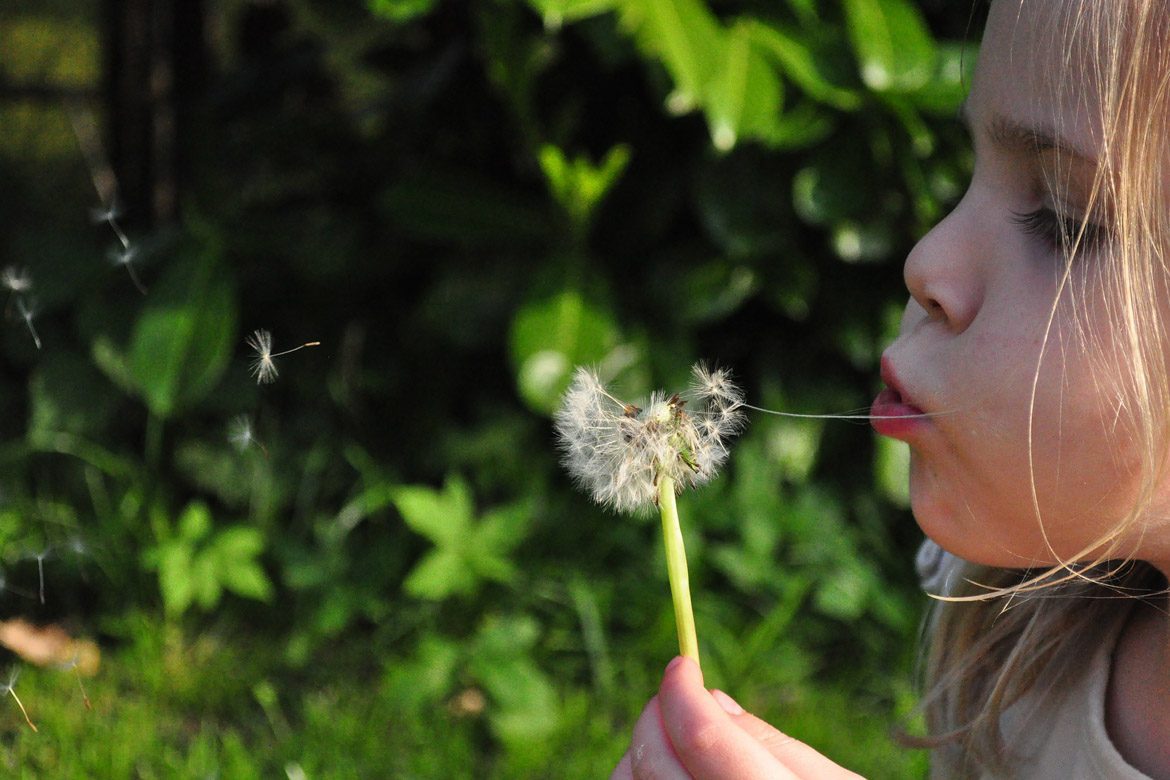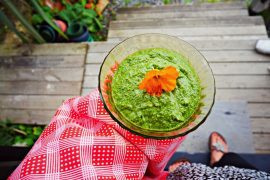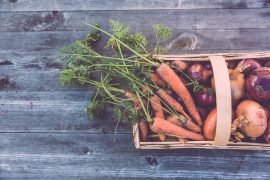By Hannah Schenker
We’re all very gung-ho when it comes to the weeds in our garden, but are we pulling out the most nutritious plants of all? They are the hardiest, easiest to grow, and hardest to be rid of – so perhaps it’s time to flip the script and start eating them instead!
Warning: Remember to positively identify any of the weeds you pick before eating them! You can check on Julia’s Edible Weeds – a good, New Zealand-based website with photos of weeds found in our gardens. Better yet, find a local expert and learn from them. You also need to be careful where you select your weeds from – steer clear of roadsides, stock effluent and herbicides, etc.
Chickweed
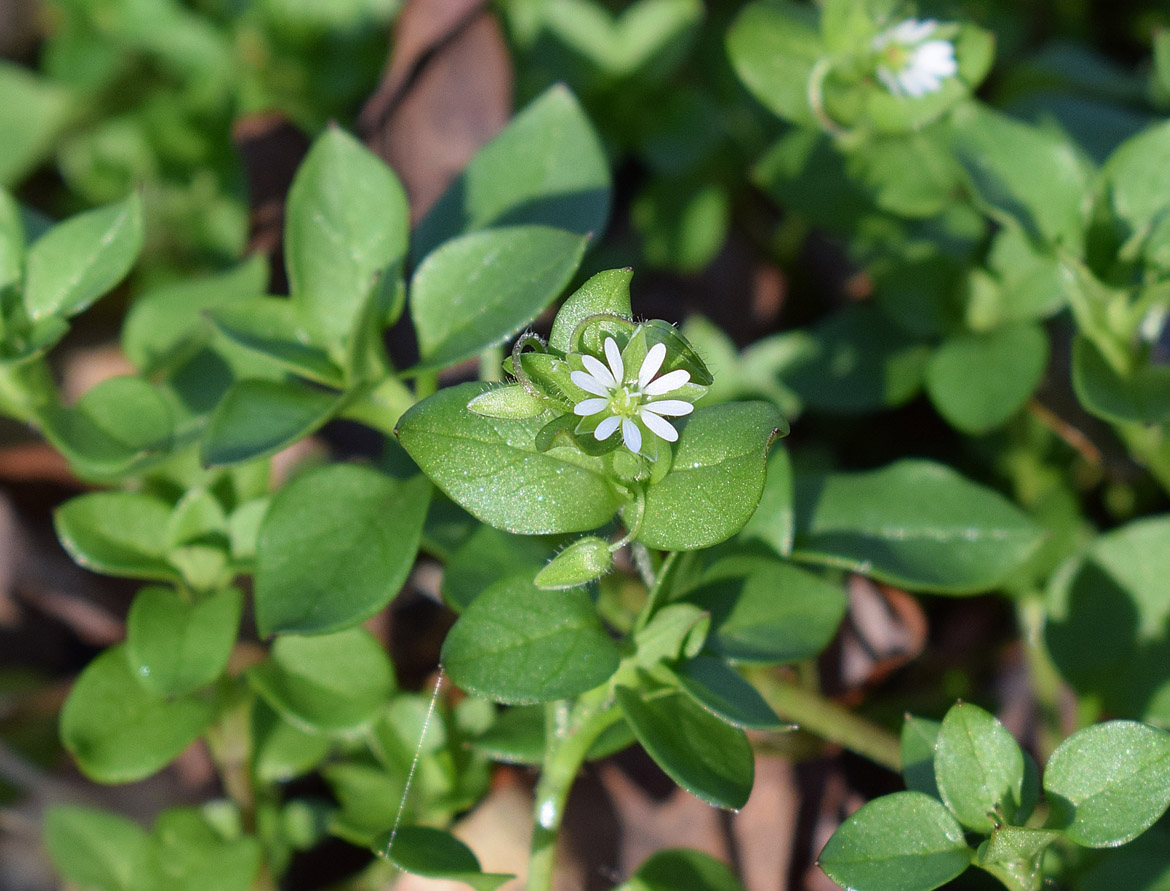
Chickweed (stellaria media) grows everywhere where I live, preferring the cooler months to really get going and dying off in the heat of summer. Perfect for winter salads when you really don’t want to be buying limp lettuces at the supermarket, out of season. Their soft little leaves are not bitter at all, and contains lots of wonderful minerals. Because of the way it kind of sprawls and spreads, it’s super easy to grab a handful for your salad, wraps or pesto.
Cleavers
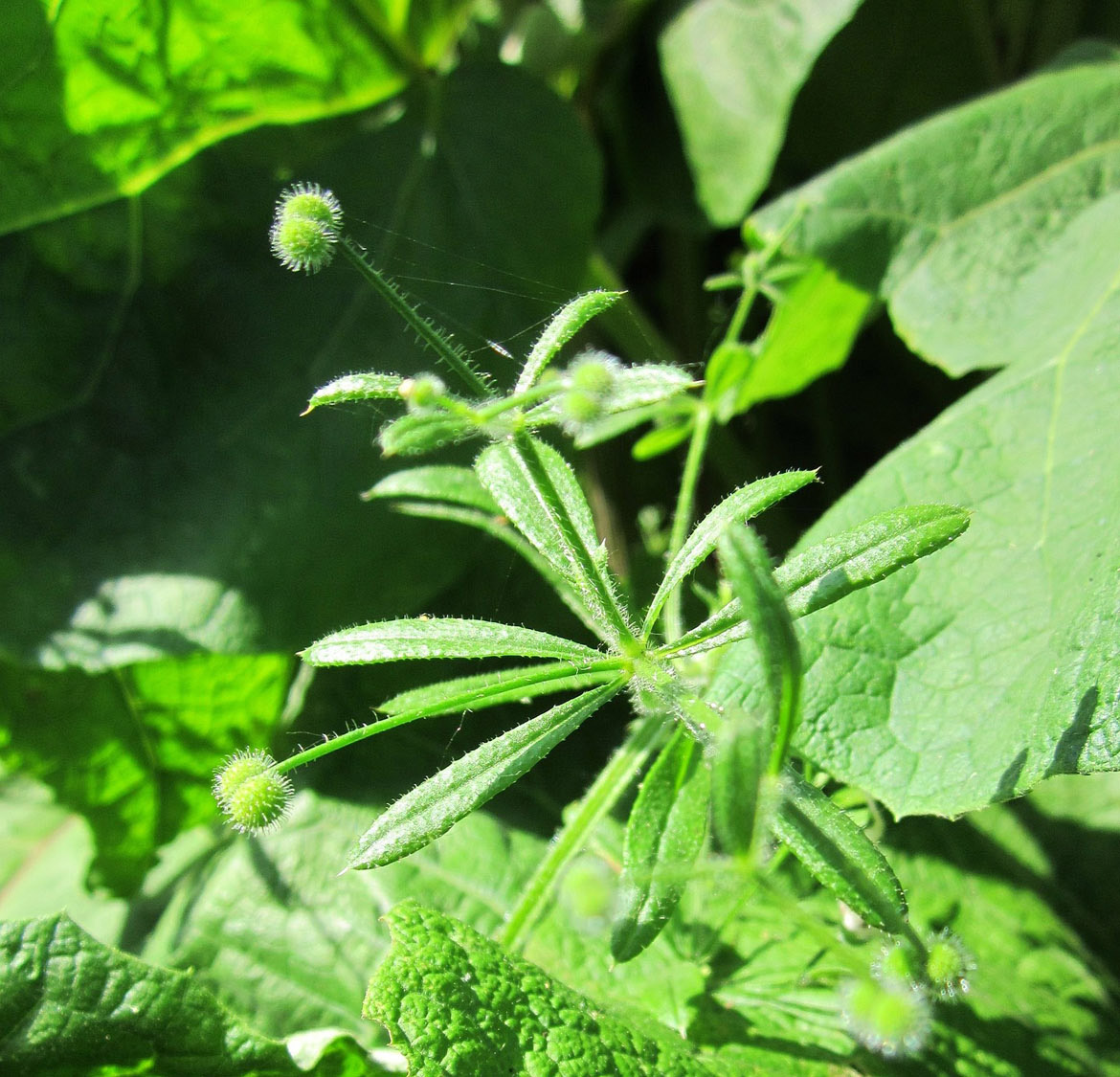
Cleavers (Galium aparine) is also known by the name Biddybid or Sticky Willy, because of the sticky little velcro-like seed balls that your kids and pets have no doubt come inside covered in at some point, and its sticky stems. The stems and leaves cling to nearby plants (it can smother them) with tiny little hook-like hairs all along, giving it a fairly rough texture. It usually starts popping up in winter – just when we need its nutritional properties in order to fight off infections and viruses. Cleavers as a tonic is known to help purify the blood, the lymphatic system, including spleen, thymus, throat and mammary glands and kidneys, and it acts as a diuretic. It’s also packed with vitamin C, and rich in minerals, so add that to your green smoothie!
Dandelion
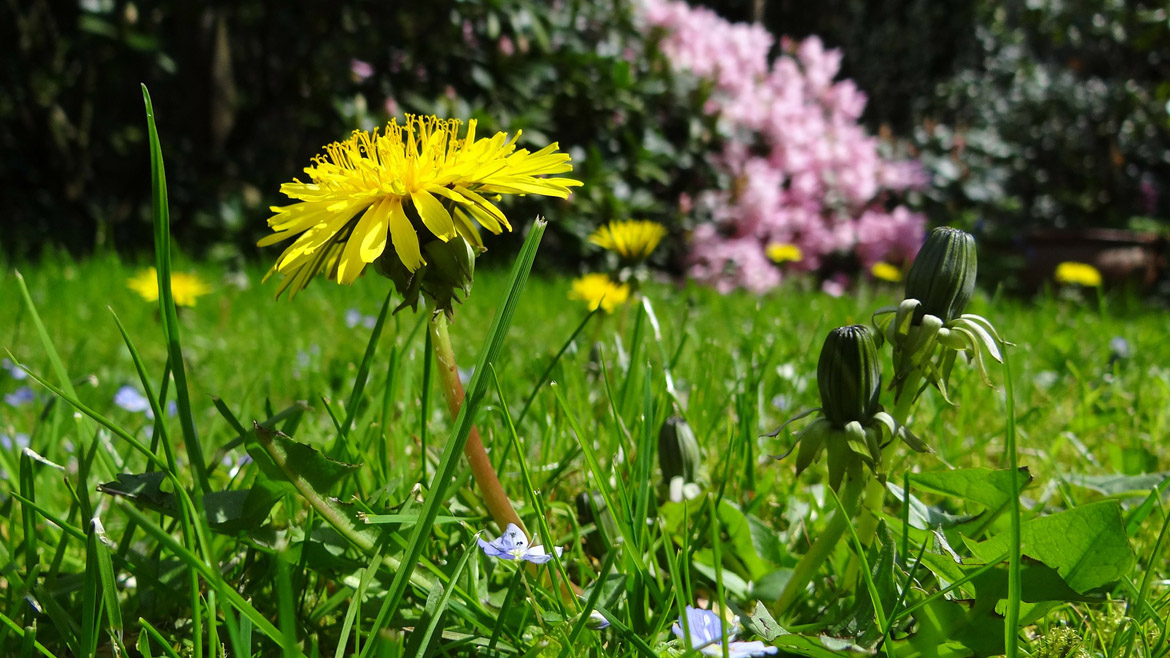
Dandelions (Taraxacum officinale) are another super nutritious plant that will be familiar to everyone as they tend to grow in our lawns. Before you mow them into oblivion, consider adding some of the bitter leaves into your green smoothie, salad, stirfry or pesto. The flowers can also be used. The leaves are packed with vitamins A, B and C, potassium, calcium, iron, phosphorous, and other minerals. The bitterness stimulates salivary production which in turns aids digestion. Amazingly, the roots can also be dried and turned into a caffeine-free coffee for those wanting to get off that particular juice.
See next page for three more…

